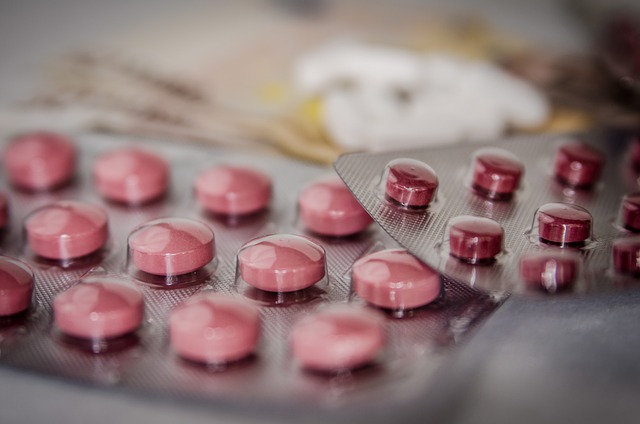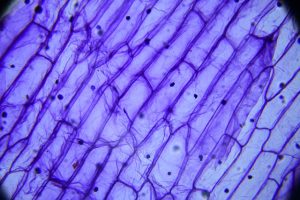GLP-1 receptor agonists (GLP-1 RAs) are medications that mimic the natural hormone GLP-1, revolutionizing type 2 diabetes management. They stimulate insulin secretion and suppress glucagon release in response to blood sugar levels, offering advantages over traditional treatments. By duplicating the body's natural insulin response, these drugs provide effective blood sugar control, promote weight loss, and enhance patient convenience with once-daily injections or oral tablets. While challenges like administration complexity and costs may exist, ongoing research focuses on improving GLP-1 drug therapies through longer-acting formulations, combined treatments, simplified delivery systems, and personalized medicine approaches, making them a promising cornerstone of diabetes management.
“Uncovering Patient Insights into GLP-1 Drugs: A Comprehensive Journey. This article explores the multifaceted world of GLP-1 receptor agonist therapies, offering a deep dive into their role in diabetes management. From understanding these hormonal treatments to deciphering their mechanism of action, we uncover benefits and address common concerns. Real-life patient stories highlight the challenges and triumphs, while future trends hint at exciting innovations. Discover how GLP-1 drugs are transforming diabetes care.”
Understanding GLP-1 Receptor Agonists: The Hormonal Approach to Diabetes Management

GLP-1 receptor agonists (GLP-1 RAs) are a class of medications that mimic the effects of a natural hormone called glucagon-like peptide-1 (GLP-1). These drugs play a significant role in diabetes management, particularly for people with type 2 diabetes. By activating specific receptors in the body, GLP-1 RAs stimulate insulin secretion when blood sugar levels rise, while also suppressing the release of glucagon, which helps to lower blood glucose.
This hormonal approach offers several advantages over traditional diabetes treatments. Unlike some other medications that simply lower blood sugar, GLP-1 drugs can help patients feel fuller for longer periods, leading to weight loss benefits. They are also known for their convenience, as many can be administered via once-daily injections or even through oral tablets, making them a more patient-friendly option compared to frequent insulin injections.
How GLP-1 Drugs Work: Mimicking Natural Insulin Secretion

GLP-1 drugs work by mimicking natural insulin secretion, helping to regulate blood sugar levels in people with type 2 diabetes. These therapies are based on a hormone called glucagon-like peptide-1 (GLP-1), which is naturally produced in the gut in response to food. When GLP-1 drugs are administered, they stimulate insulin release from the pancreas in a glucose-dependent manner, meaning they only produce insulin when blood sugar levels are high.
This mechanism not only aids in lowering blood glucose but also promotes feelings of fullness, leading to reduced food intake and weight loss. By duplicating the body’s natural response to meals, GLP-1 drugs offer a more holistic approach to diabetes management, potentially improving patient quality of life alongside traditional glycemic control.
Benefits of GLP-1 Therapies for Diabetic Patients

Common Side Effects and Patient Concerns with GLP-1 Drugs

Individualized Treatment: Personalizing GLP-1 Dosing and Regimen

Real-Life Patient Stories: Navigating the GLP-1 Journey

Addressing Barriers to Adherence in GLP-1 Therapy

Many patients face barriers when it comes to adhering to GLP-1 receptor agonist therapies, which can hinder their effectiveness. One significant challenge is the complexity of administration, as these drugs are typically injected daily or weekly, requiring a commitment from the patient. Some individuals may struggle with the perceived discomfort associated with injections or find it challenging to incorporate another medication into their routine, especially if they already have multiple prescriptions.
Additionally, the cost of GLP-1 drugs can be a significant barrier, as these therapies are often not covered by insurance plans in full, placing a financial burden on patients. The need for frequent monitoring and potential adjustments in dosage also adds to the overall treatment complexity and can discourage patients from fully engaging with their therapy. Addressing these barriers through patient education, affordable medication options, and simplified monitoring protocols is crucial to improving adherence rates and enhancing the success of GLP-1 receptor agonist treatments.
Future Prospects: Emerging Trends and Innovations in GLP-1 Receptor Agonists

The future of GLP-1 receptor agonist therapies looks promising, with continuous innovation and emerging trends shaping the landscape of diabetes management. Researchers are exploring new ways to enhance the efficacy and convenience of these drugs. One area of focus is developing long-acting GLP-1 drugs that can provide sustained blood sugar control over extended periods, potentially reducing the frequency of injections. Additionally, there is a growing interest in combinational therapies, where GLP-1 agonists are paired with other medications to target multiple aspects of diabetes, offering more comprehensive care.
Furthermore, advancements in delivery systems are on the horizon. New formulations and administration methods, such as oral tablets or even transdermal patches, could make GLP-1 drug therapy more user-friendly and accessible. These innovations aim to improve patient adherence and compliance, ensuring better glycemic control. As research progresses, personalized medicine approaches may also become more prevalent, tailoring treatments to individual patient needs and preferences.
Conclusion: The Impact of GLP-1 Drugs on Diabetes Care

GLP-1 receptor agonist therapies have emerged as a game-changer in diabetes care, offering significant advantages over traditional treatments. These drugs mimic the effects of the natural hormone GLP-1, enhancing insulin secretion and reducing glucagon release, leading to improved blood sugar control. Moreover, their additional benefits include weight loss and reduced cardiovascular risk, making them a comprehensive solution for managing type 2 diabetes.
The impact of GLP-1 drugs extends beyond individual patient outcomes. By providing more effective and convenient treatment options, they have the potential to revolutionize diabetes care on a larger scale. As research continues to uncover further advantages and refine dosing strategies, these therapies are poised to become a cornerstone of diabetes management, improving quality of life for individuals living with this chronic condition.
